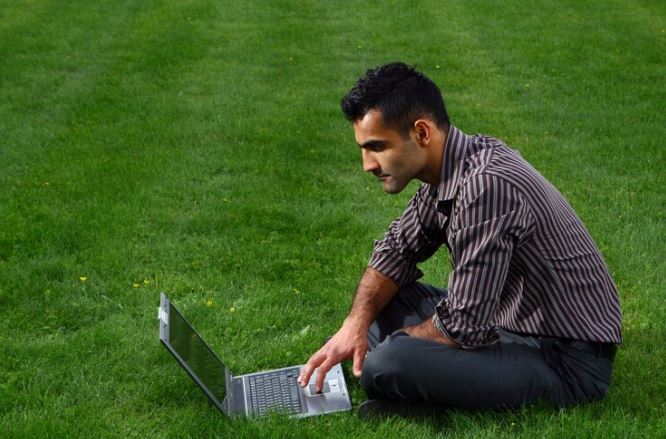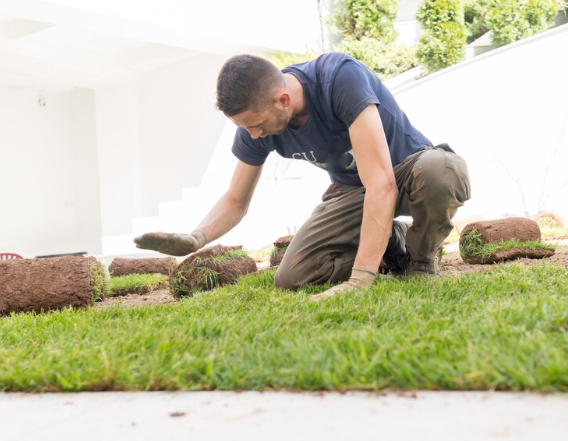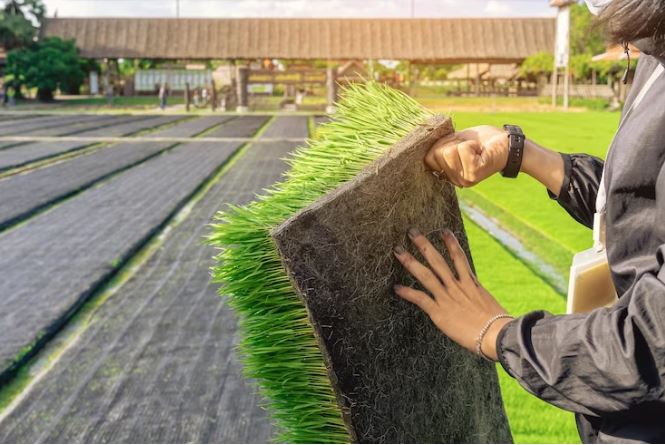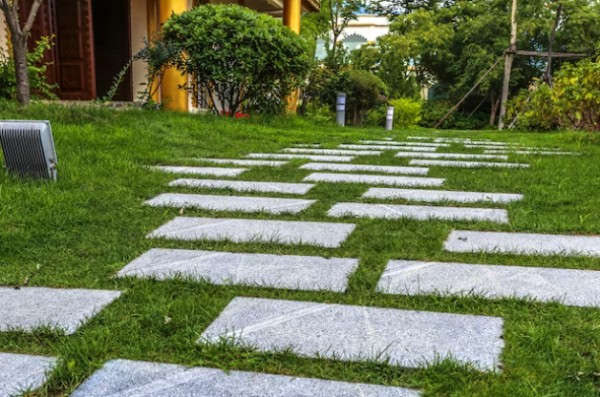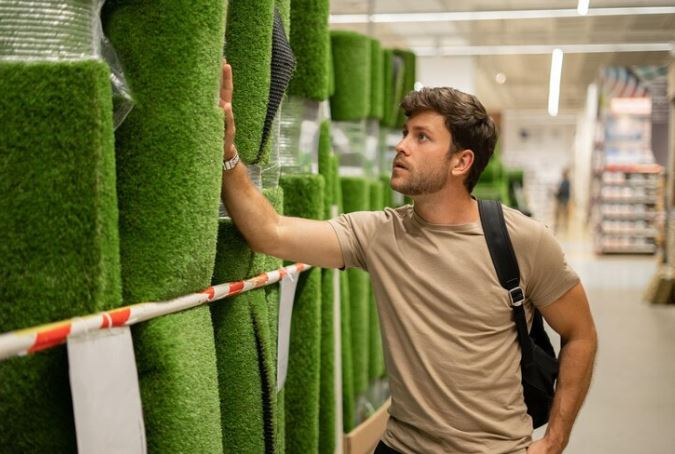Many homeowners in Woodland Hills, CA, are considering alternatives to natural grass. The use of artificial turf in residential landscapes is growing in popularity.
The top five benefits of adding artificial turf to your backyard are discussed in this article. Let’s examine why this option is gaining popularity among homeowners.
Reduced Maintenance Requirements
One of the primary benefits of artificial turf is the significant reduction in maintenance needs:
- Elimination of mowing: artificial grass replaces lawnmowers.
- No watering is necessary: Artificial turf stays green without watering.
- Fertilizer-free: Chemical treatments are not required to maintain appearance.
- Simple cleaning process: Occasional rinsing with a hose suffices for upkeep.
These factors contribute to more leisure time for homeowners.
Year-Round Aesthetic Appeal
Natural grass can be difficult to keep looking its best, especially in bad weather. Artificial turf offers consistent visual appeal:
- Uniform coloration: The lawn maintains a vibrant green hue throughout the year.
- Absence of bare patches: The entire surface area remains evenly covered.
- Level surface: Artificial turf provides a smooth, even ground cover.
This ensures that your outdoor space is always presentable for social gatherings or personal enjoyment.
Water Conservation
In regions like Woodland Hills, CA, water conservation is a significant concern. Installing artificial turf addresses this issue effectively:
- Elimination of irrigation needs: This results in reduced water consumption and lower utility bills.
- Environmental consideration: Artificial turf contributes to water conservation efforts.
- Improved drainage: After rainfall, the yard remains usable without mud or waterlogging.
This aspect of artificial turf aligns with broader environmental sustainability goals.
Family and Pet-Friendly Option
For households with children or pets, artificial turf presents several advantages:
- Absence of chemical treatments: The elimination of pesticides and fertilizers creates a safer environment.
- Cushioned surface: The texture of artificial grass is gentle on feet and paws.
- Cleanliness: It stops dirt and mud from being tracked inside the house.
- Allergy considerations: Artificial grass is helpful for people who have grass allergies.
All family members will enjoy a more relaxing and secure outdoor experience due to these features.
Potential Increase in Property Value
Installing artificial turf can potentially enhance the value of your property:
- Enhanced curb appeal: A well-maintained lawn improves the overall appearance of the property.
- Attractive to potential buyers: The low-maintenance aspect can be a selling point.
- Long-term investment: Quality artificial turf can last for many years, providing ongoing benefits.
This represents a dual advantage of immediate enjoyment and potential future returns.
Additional Benefit: Suitable for Areas with Limited Sunlight
- Versatile placement: It thrives in both sunny and shaded locations.
- Coverage of problematic areas: It can effectively cover spots where natural grass struggles to grow.
- Uniform appearance: The entire lawn maintains a consistent look regardless of sun exposure.
Conclusion
The decision to install artificial turf in Woodland Hills, CA, offers numerous benefits. It provides time and resource savings, maintains visual appeal, and offers practical advantages for families. Artificial turf offers a good alternative for homeowners looking for an attractive, low-maintenance lawn solution.


